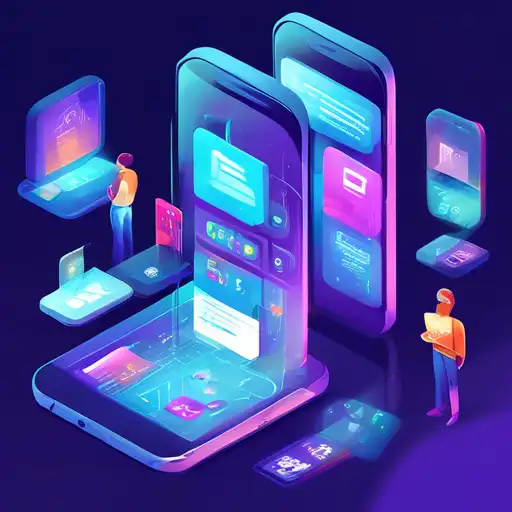Introduction to Mobile Development Trends
The mobile development landscape is continuously evolving, with new technologies and methodologies emerging at a rapid pace. As we look towards the future, several key trends are poised to redefine how apps are developed, deployed, and experienced by users worldwide. This article explores these pivotal trends, offering insights into what developers, businesses, and consumers can expect in the coming years.
1. Cross-Platform Development Gains Momentum
One of the most significant shifts in mobile development is the growing preference for cross-platform frameworks. Tools like Flutter and React Native enable developers to write code once and deploy it across multiple platforms, significantly reducing development time and costs. This trend is expected to accelerate, making cross-platform development a standard practice in the industry.
2. The Rise of 5G Technology
With the global rollout of 5G networks, mobile apps are set to become faster and more responsive than ever before. This leap in connectivity will unlock new possibilities for app functionalities, including enhanced AR/VR experiences, real-time cloud gaming, and more. Developers are already exploring ways to leverage 5G to create immersive and interactive user experiences.
3. Artificial Intelligence and Machine Learning Integration
AI and ML are transforming mobile apps, making them smarter and more personalized. From predictive text and voice recognition to personalized recommendations and automated customer service, these technologies are becoming integral to mobile development. Future apps will likely incorporate even more advanced AI capabilities, further enhancing user engagement and satisfaction.
4. Focus on Privacy and Security
As data breaches and privacy concerns continue to make headlines, developers are placing a greater emphasis on building secure and privacy-compliant apps. Technologies like end-to-end encryption and secure authentication methods are becoming standard features, ensuring user data is protected at all times.
5. The Advent of Foldable Devices
The introduction of foldable smartphones is creating new challenges and opportunities for mobile developers. Designing apps that can seamlessly adapt to different screen sizes and orientations requires innovative approaches to UI/UX design. This trend is pushing developers to think outside the box, leading to more flexible and adaptive app designs.
Conclusion
The future of mobile development is bright, with numerous trends shaping the way apps are created and consumed. From cross-platform development and 5G technology to AI integration and privacy concerns, developers must stay ahead of these trends to create successful and future-proof applications. By embracing these changes, the mobile development community can continue to innovate and deliver exceptional user experiences.
For more insights into the latest in technology and development, be sure to explore our technology section.
